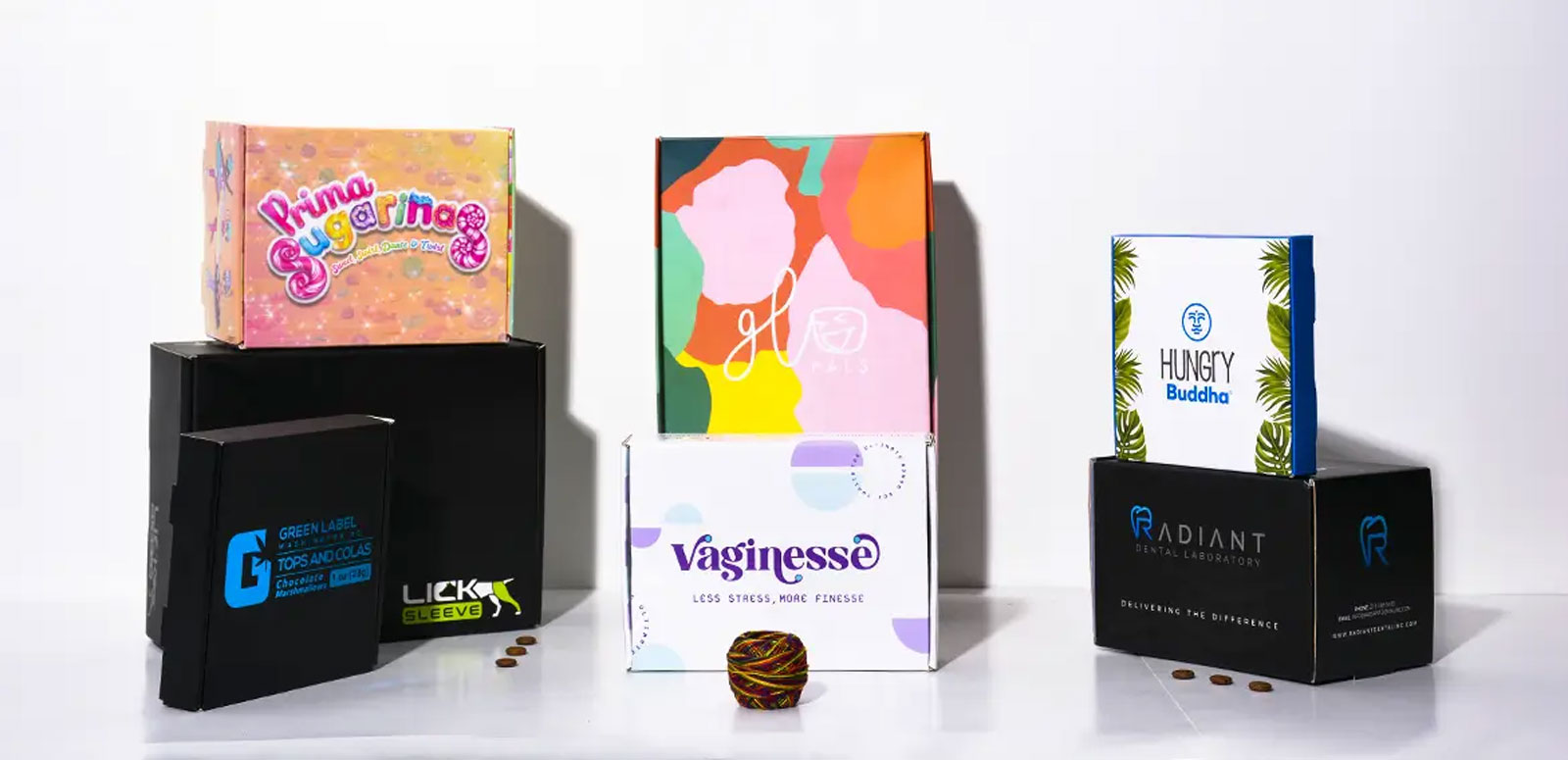These cuticle nippers have a finger ring handle rather than a traditional plier style for the grip. Because of its jaw size of 6 millimetres, it is a useful instrument for removing or separating soft tissues such as cuticles from nail beds and edges. There is a 4″ and 5″ version of these nipper tools available for purchase.
What is the mechanism behind cuticle nippers?
The tissue nipper, also known as a cuticle nipper, has jaws that loaded with a spring and a handle that controls the jaws. While you are removing the undesirable tissue, apply some light pressure to the base of the item you are targeting. The tissue will then freed once you lift the handle upwards. If necessary, the procedure should repeated.
The jaws of these heavy pattern tissue nippers have a convex form, and the handles are ergonomically designed. The instrument features an additional layer of protection provided by a spring system that can open on its own. These tools created in Germany out of stainless steel, and they used by experts to trim nails and remove dead tissue from under the cuticle.
In addition, a large number of additional instrument variants with grips designed like pliers and a spring support that opens automatically are available. Surgeons also have access to jaw diameters of 10mm and 11mm when using the instrument. Instruments with a total length of six inches can access difficult-to-reach areas successfully using nippers. Ring handle tissue and cuticle nipper with a 6mm diameter.
How Should Cuticle Nippers Sharpened?
It is imperative that you sharpen these nail nippers as soon as possible. They have the potential to rip the skin when cutting it if they get blunt and are not sharpened. The use of whetstones and sandpaper by experts helps them prevent complications like these. But unlike sharpening a knife, sharpening tissue nippers is not a straightforward process. The reason for this is that the jaws of cuticle nippers bent. In addition to this, the blades are quite small, necessitating greater caution and focus when honing them.
When sharpening the tool with sandpaper or whetstone, experts recommend pressing the instrument at an angle of between 30 and 45 degrees against the sharpener. Then repeat this step five to ten times while moving the instrument in a forward manner. After that, switch the side and carry on with the operation. After cleaning the blade with a wipe, you should then polish it. 

Purchase Tissue Nippers with an Ergonomic Design:
Tissue nippers with an ergonomic design are something that every podiatric physician, aesthetician, cosmetologist, massage therapist, manicurist, and pedicurist should have in their toolkit. Here to provide you with a wide variety of surgical equipment, including high-quality cuticle nippers, to make your life easier. We are a distributor of a wide variety of surgical instruments. Our instruments are long-lasting and of the highest quality, both in terms of their construction and the material from which they made. You also have the option of having us construct any instrument that you require. We dedicated to meeting all of our customers’ requirements to the very best of our abilities.
FAQs:
- What are some of the alternative names for the instrument known as cuticle nippers?
- Tissue nippers, nail nippers, and nail splitters are the names given to these instruments by medical professionals.
- Which of the following is the most recommended choice for a tissue nipper that has a finger ring handle?
- Ring-shaped handle for tissue and cuticle nippers The most effective finger ring handle nipper devices have a diameter of 6mm and a total length of between 3 and 4 inches.
- What are the advantages of using cuticle nippers that have a spring that opens on its own?
- When the instrument is not utilized, this spring maintains its open state, which contributes to an increased level of safety.



